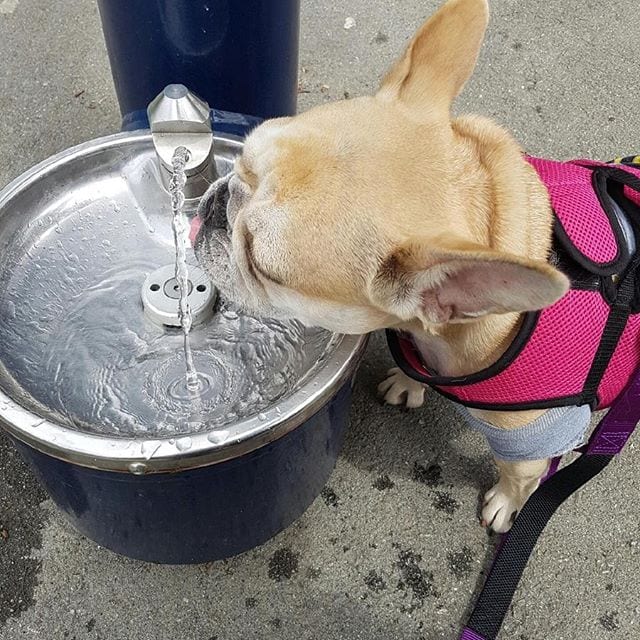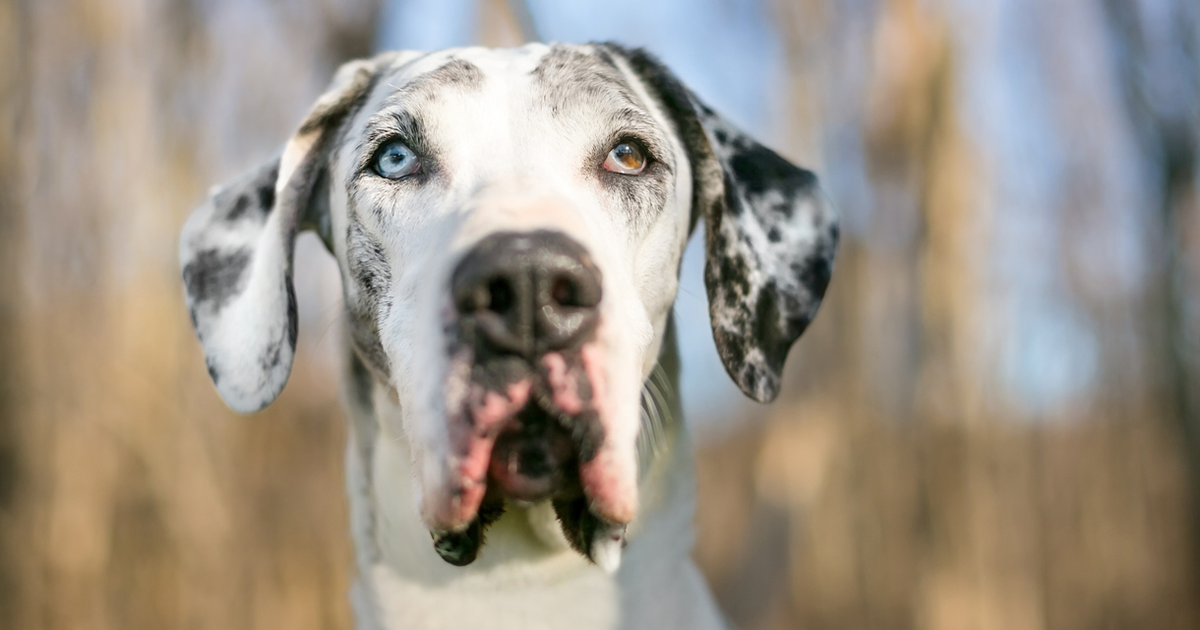Dr. Katy Nelson is an associate veterinarian at the Belle Haven Animal Medical Centre in Alexandria, VA, as well as the host and executive producer of “The Pet Show with Dr. Katy” on Washington DC’s News Channel 8.
You head out to run some errands on a beautiful, sunny, 85 degree day and you decide to take your best friend with you…after all, he loves to ride in the car with his head out the window!


You stop at the store just to run in for a second, and leave Fido in the car with the windows “cracked.” You’re just going to grab a couple of things, so it should all be fine. However, the lines in the store are long, you found a few extra things you needed, and you ran into your neighbor and chatted for a few. He should still be okay, though… he’s only been out there for about 20-30 minutes. Right?
Wrong.


On an 85 degree day, the temperature inside a car can rise to approximately 119 degrees in 30 minutes. This is similar to the dead of summer in the deserts of Saudi Arabia. However, instead of wearing a breathable cotton thobe like the men wear there, your dog has on a thick fur coat.


Unlike humans, dogs are unable to sweat. They rely mainly on their respiratory tract to dissipate heat. Dogs with more nasal surface area (think Greyhounds, German Shepherds and Labs) are more efficient at dispelling heat, while “smush faced” breeds (like Pugs, Bulldogs or Shih Tzus) are more prone to overheating due to shorter nasal passages.


Dogs can also lose heat through dilation of the blood vessels of the skin and increased cardiac output, but this is generally only effective in the hairless areas of the body (ear flaps, bellies, and feet).


As the ambient temperature increases and approaches core body temperature, panting becomes much more important for cooling. However, when the ambient humidity is also increased, panting becomes much less efficient, making it more difficult for dogs to regulate their body temperature.


Normal temperature for a canine is from 100.5 to 102.5 degrees Fahrenheit. Heatstroke is defined as a state of extreme hyperthermia with body temperatures of 106-109 degrees, resulting in thermal injury to body tissues.


In the initial stages of heat stress, the heart rate increases blood flow in an attempt to dissipate heat on the body surface. With these superficial blood vessels dilating, however, core blood pressure drops. With decreased circulating blood volume (due to decreased blood pressure and fluid loss from panting), heat loss mechanisms fail and a further elevation in body temperature occurs.
[bp_related_article]
Global thermal injury causes multiorgan failure at temps above 109 degrees due to decreased blood and oxygen supply to the body’s tissues.
Circulatory System
Kidneys
Liver
GI Tract
Central Nervous System
You come back to your car, and find your dog on his side in the back seat, unresponsive, and breathing heavily. His gums are purple, his eyes are rolled back, and he’s as hot as an oven. What do you DO?


First and foremost, do NOT apply ice. This changes the body temperature too abruptly, and can lead to further complications. DO apply tepid water, turn on the AC, and STEP ON IT to the closest veterinarian. You may also apply rubbing alcohol to the foot pads, inner ears, and belly to help increase heat expulsion, but the main priority is to get to the vet immediately.
Mortality from heatstroke is approximately 50%, and worsens with every wasted second. Fluid replacement, aggressive cooling techniques, oxygen therapy, circulatory support, and monitoring of organ systems will be instituted immediately. Expect your dog to be in the hospital a minimum of 24-48 hours, if he survives, and the bill for this type of problem can quickly climb into the thousands of dollars, with zero guarantee of outcome.


If you take away ANYTHING at all from this article I hope you choose this: DO NOT EVER LEAVE YOUR PET (OR YOUR CHILD) ALONE IN THE CAR. EVER. On average, 38 children and HUNDREDS of pets die each year from being left in a hot car, and this is absolutely one of the most preventable types of death that there is.


You can not control outside factors, you can not guarantee a time frame, and you can not protect your loved ones from the heat if you are not present. They are much safer at home rather than going on that fateful, yet well-intentioned, ride with you.






